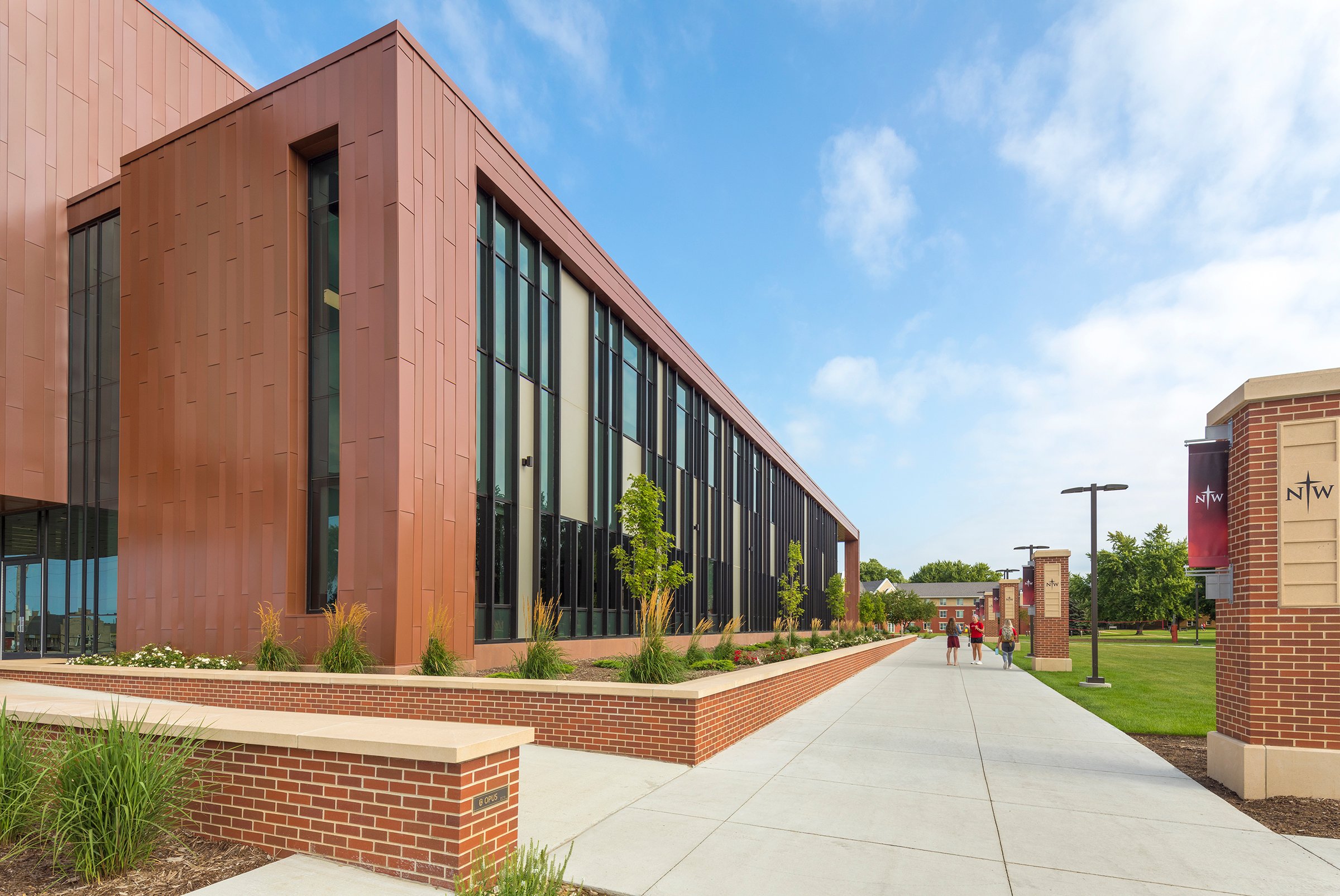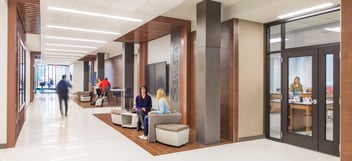
Universities are more than just places for education. They also exist to support students both socially and psychologically. Modern students place a value on campuses that are designed in a way that makes them feel at home. When architects design campuses with this front of mind, students can feel more connected to the university culture and look forward to going to class each day. This is where effective university campus design has the greatest impact. The fierce competition in today’s work industry is pushing students to pursue an institution that will make them truly prepared for the future. The cornerstone of this process is the incubation space where students spend most of their time: the university campus.


